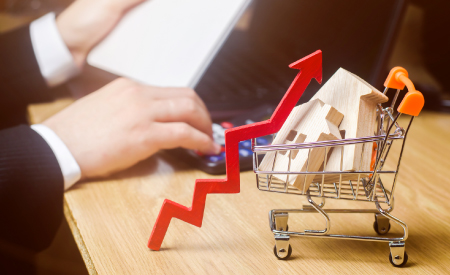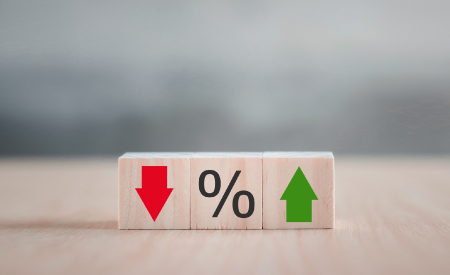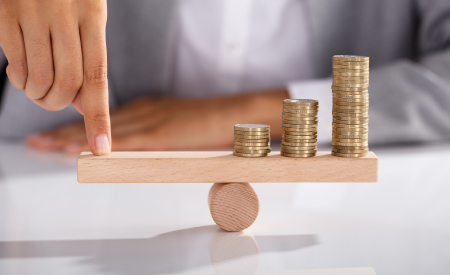What is inflation?
Inflation is a general increase in the prices of goods (e.g. food, electricity and fuel) and services (e.g. haircuts and train tickets).
Inflation does not refer to the price of just a few products, but rather to many goods and services.
The increase in prices reduces the amount of goods or services we can purchase with the same amount of money: this is why we say that inflation reduces the value of money over time.
Today's €100 are not the same as tomorrow's €100
Mario is a restaurant owner and has a daily €100 budget for purchasing bread. Bread costs €4 per kg, so Mario can buy 25 kg of bread. Now let's imagine that the price of bread increases to €5 per kg, due to inflation: with the same €100 banknote, Mario can now only buy 20 kg of bread. Because of inflation, the banknote's actual 'value' is now just 20 kg of bread, whereas before the rise in prices, its value in bread was 25 kg.
Economists call the banknote's €100 its nominal (or face) value, whereas the amount of goods or services that can be purchased with it - in our case, bread - represents the banknote's real value. In our example, the banknote's nominal value remains the same after the increase in the price of bread, but its real value decreases from 25 to 20 kg of bread, due to inflation. In other words, the €100 are worth less, and they have lost purchasing power due to the rise in prices.
Speaking of bread and other essential food necessities, one of the most striking instances of inflation, or rather, of hyperinflation, is that of the Weimar Republic (Germany, autumn1923): the value of the mark (the German currency of the time) dropped so low that in order to shop for groceries, people had to carry banknotes around in handcarts.
The opposite of inflation, which is a general decrease in prices, is called deflation.
High levels of inflation or deflation are detrimental both for citizens and for the economy as a whole: indeed stable and predictable low inflation, is one of the indicators of a happy economy.
Find out more below.











 Youtube
Youtube
 X - Banca d’Italia
X - Banca d’Italia
 Linkedin
Linkedin
 RSS
RSS